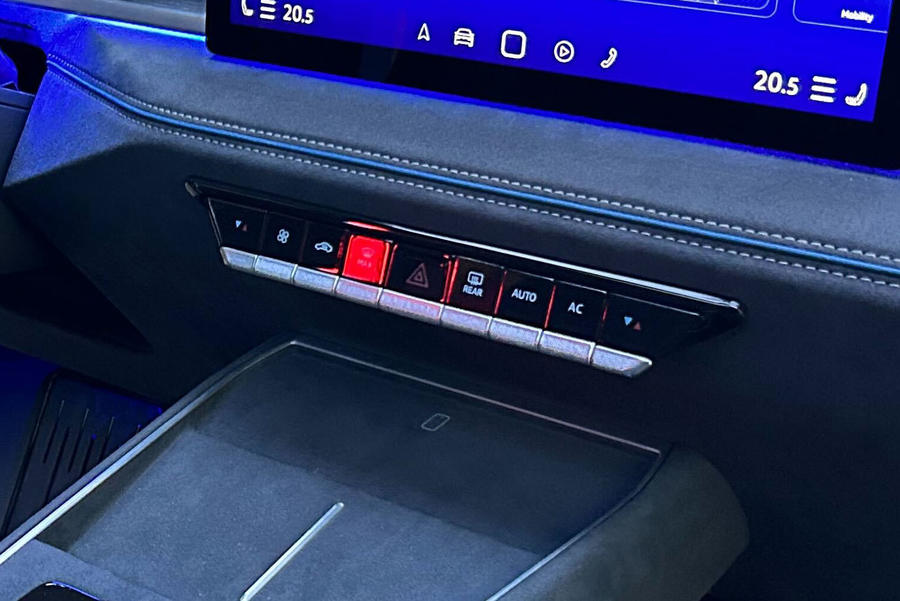As Walled Culture has often noted, the process of framing new copyright laws is tilted against the public in multiple ways. And on the rare occasions when a government makes some mild concession to anyone outside the copyright industry, the latter invariably rolls out its highly-effective lobbying machine to fight against such measures. It’s happening again in the world of AI. A post on the Knowledge Rights 21 site points to:
a U-turn by the British Government in February 2023, abandoning its prior commitment to introduce a broad copyright exception for text and data mining that would not have made an artificial distinction between non-commercial and commercial uses. Given that applied research so often bridges these two, treating them differently risks simply chilling innovative knowledge transfer and public institutions working with the private sector.
Unfortunately, and in the face of significant lobbying from the creative industries (something we see also in Washington, Tokyo and Brussels), the UK government moved away from clarifying language to support the development of AI in the UK.
In an attempt to undo some of the damage caused by the UK government’s retrograde move, a broad range of organizations, including Knowledge Rights 21, Creative Commons, and Wikimedia UK, have issued a public statement calling on the UK government to safeguard AI innovation as it draws up its new code of practice on copyright and AI. The statement points out that copyright is a serious threat to the development of AI in the UK, and that:
Whilst questions have arisen in the past which consider copyright implications in relation to new technologies, this is the first time that such debate risks entirely halting the development of a new technology.
The statement’s key point is as follows:
AI relies on analysing large amounts of data. Large-scale machine learning, in particular, must be trained on vast amounts of data in order to function correctly, safely and without bias. Safety is critical, as highlighted in the [recently agreed] Bletchley Declaration. In order to achieve the necessary scale, AI developers need to be able to use the data they have lawful access to, such as data that is made freely available to view on the open web or to which they already have access to by agreement.
Any restriction on the use of such data or disproportionate legal requirements will negatively impact on the development of AI, not only inhibiting the development of large-scale AI in the UK but exacerbating further pre-existing issues caused by unequal access to data.
The organizations behind the statement note that restrictions imposed by copyright would create barriers to entry and raise costs for new entrants. There would also be serious knock-on effects:
Text and data mining techniques are necessary to analyse large volumes of content, often using AI, to detect patterns and generate insights, without needing to manually read everything. Such analysis is regularly needed across all areas of our society and economy, from healthcare to marketing, climate research to finance.
The statement concludes by making a number of recommendations to the UK government in order to ensure that copyright does not stifle the development of AI in the UK. The key ones concern access to the data sets that are vital for training AI and carrying out text and data mining. The organizations ask that the UK’s Code of Practice:
Clarifies that access to broad and varied data sets that are publicly available online remain available for analysis, including text and data mining, without the need for licensing.
Recognises that even without an explicit commercial text and data mining exception, exceptions and limits on copyright law exist that would permit text and data mining for commercial purposes.
Those are pretty minimal demands, but we can be sure that the copyright industry will fight them tooth and nail. For the companies involved, keeping everything involving copyright under their tight control is far more important than nurturing an exciting new technology with potentially huge benefits for everyone.
Source: The UK Government Should Not Let Copyright Stifle AI Innovation | Techdirt



